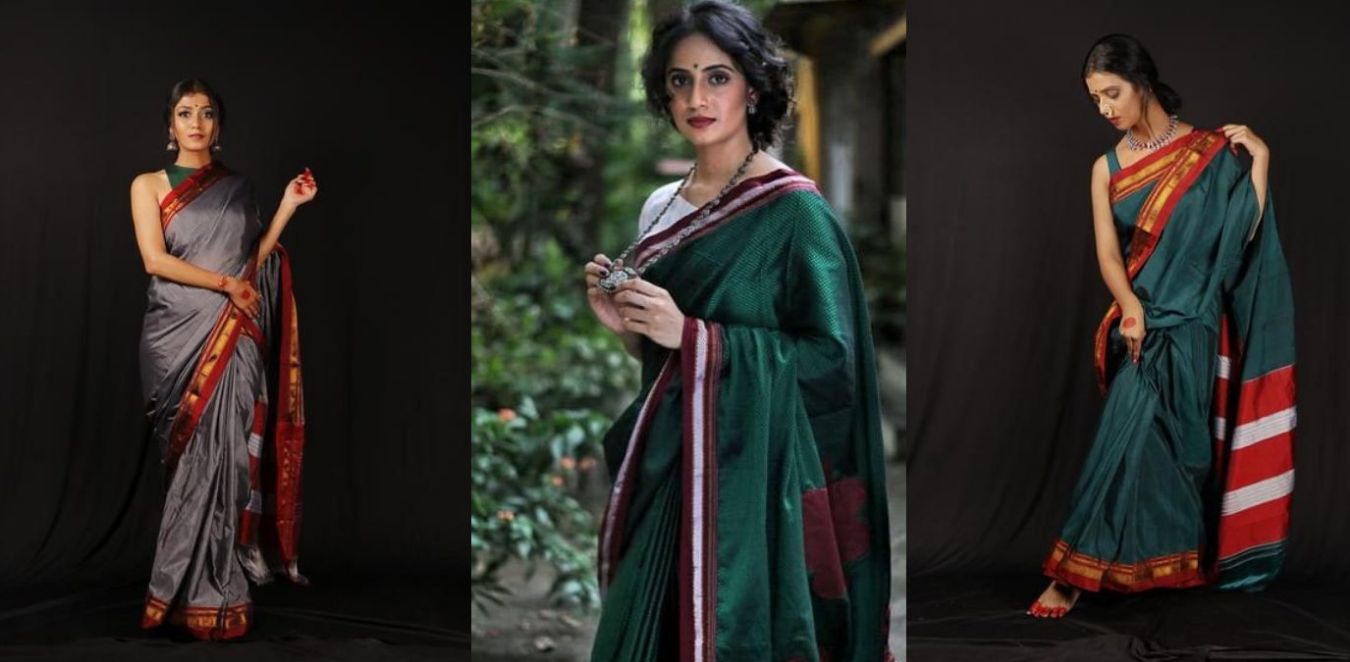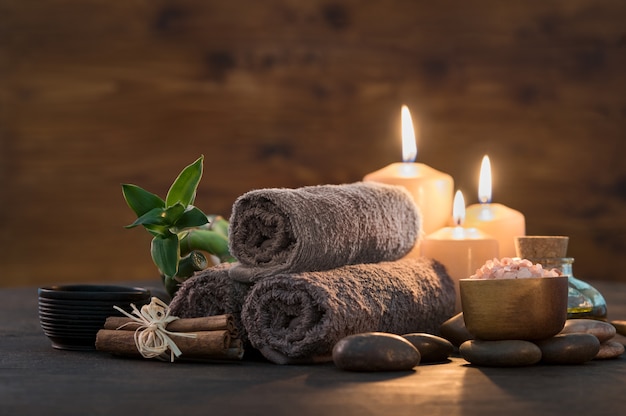History behind Khan/Khanachi Saree
What is Khanachi Saree? Where Does Khanachi come from?
Many years of using Khan as a blouse piece or choli piece has led to numerous names for the fabric;
- Khana is known in Karnataka
- the south of India as Khan, Khanachi,
- Khun in Maharashtra.
Khun/Khanachi fabric is rich in history and is one of the most popular fabrics today.
What Makes the Khanachi Saree Unique? Why it is Special?
The brilliant shine and distinctive texture of Kahn fabrics make them the perfect fabric for jewelry, kurtas, Dev Vastra, and other decorative pieces.
It's no secret that Khun is one of India's traditional weaves, which is well known to the world.
The Khun, also known as Khanachi, has been in use for more than 4,000 years and is currently made in Karnataka and Maharashtra. It is a beautiful and lightweight fabric that is extremely popular today.
When was Khanachi Saree Produced in India?
There is documentation that Khun has been produced in India since the Chalukya dynasty. Weavers were unable to earn profits as a result of weaving this weave with the passing of time. Nonetheless, the demand for Khun is rising, and weavers are stepping up to provide the highest quality currently available.
KHUN fabric is renowned for its beauty and beauty. Maharashtra and Karnataka have become so accustomed to wearing khan fabrics that weavers have again started weaving them in the shape of khan saris after so many years.
Khun is still being produced, but on a much smaller scale because most people are unaware of it. However, many weavers are working to spread the use of this fabric by increasing their production and guaranteeing the best quality.
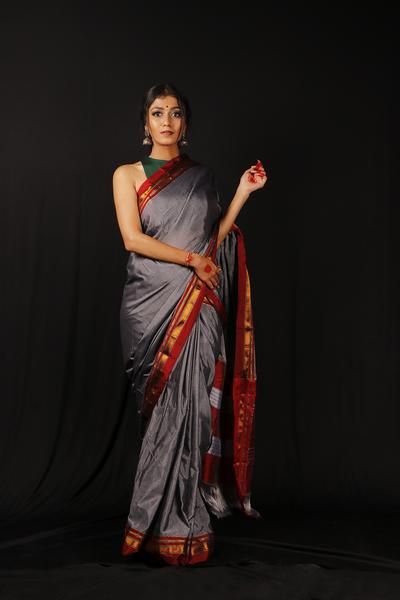
image source: Pinterest
What is the Khan/Khun/Khanachi Saree?
The Khan fabric has three yarns being used simultaneously, compared to the tana and Bana used in ilkal and other sarees. This gives the fabric an elegant and felting texture. Khun was once known only for being used for accompanying ilkal saree blouse pieces. In the present day, it has been used to create many different types of clothing and outfits. Khan is woven uniquely on three different types of looms.
These are as follows:
- Pit looms
- Semi-automated loom
- Power loom
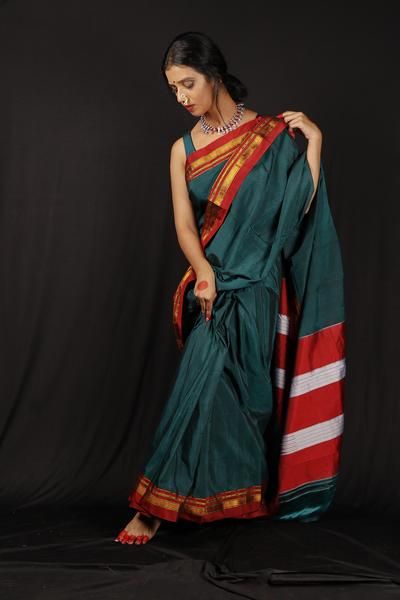
image source: Pinterest
Handloomed khan fabric is very expensive because weaving 6 meters of khan fabric on a pit loom takes several days. Weavers generally use silk and mercerized cotton as the base materials for khans woven on pit looms.
Poly Khan:
Poly khan, which is available in the market, does not compare to cotton khan in quality. Cotton Mercerized Khans are softer than poly khans, shiny, cool, and smooth.
They are strengthened, shine, and have a silk-like luster. There is also an embroidery khan, which has beautiful embroidery on its borders and pallu, in addition to the plain cotton one. There are quite a few embroidery designs including
- Nath pallu,
- Saraswati pallu, and
- Warli designs.
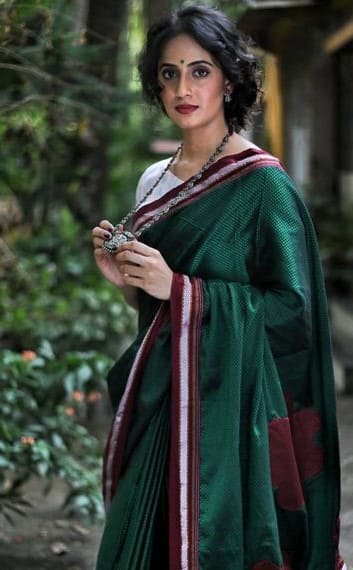
image source: Pinterest
Cotton Khan:
Cotton khan features traditional Tope pallu and Patte pallu designs, both of which are found in Ilkal sarees.
The top pallu design on Khan is more expensive than the patte pallu design; since the top pallu, design takes more time and work.
Bottom Line
A Khun fabric patch requires around 4000 yarns and a long manufacturing process to construct. The design contains bright colors such as electric blue, emerald green, ruby red, golden yellow, etc., along with designer borders and a royal pallu.





